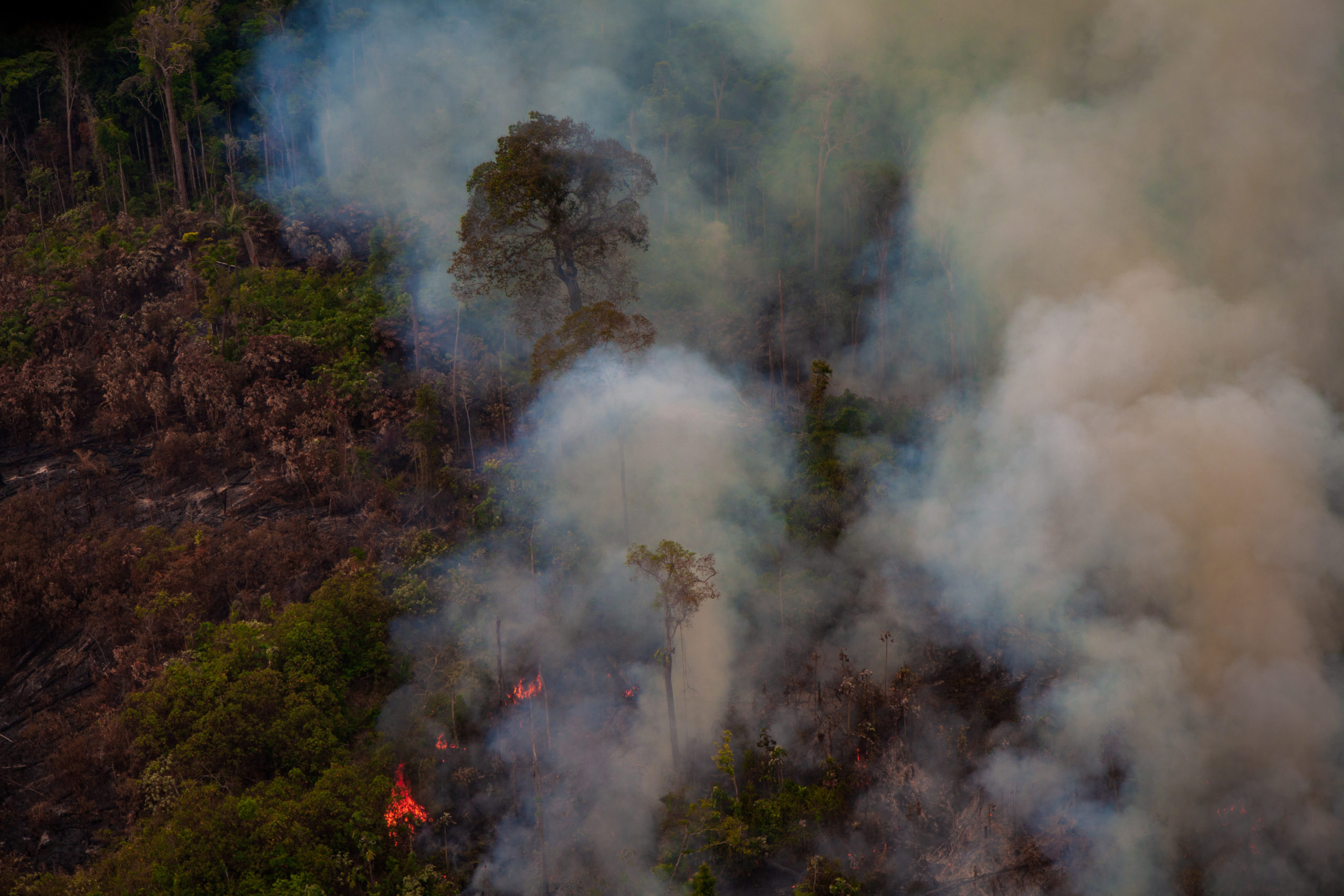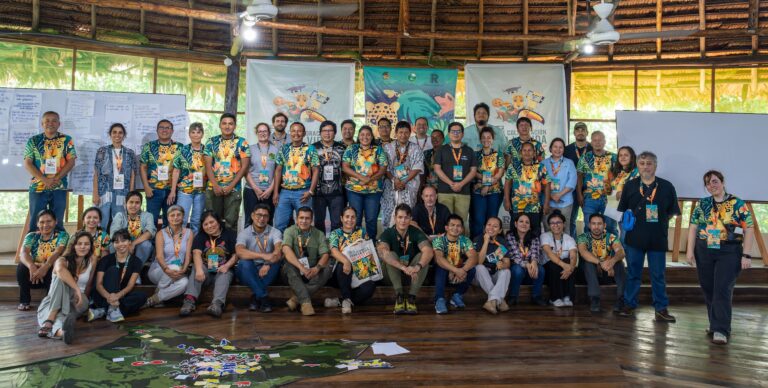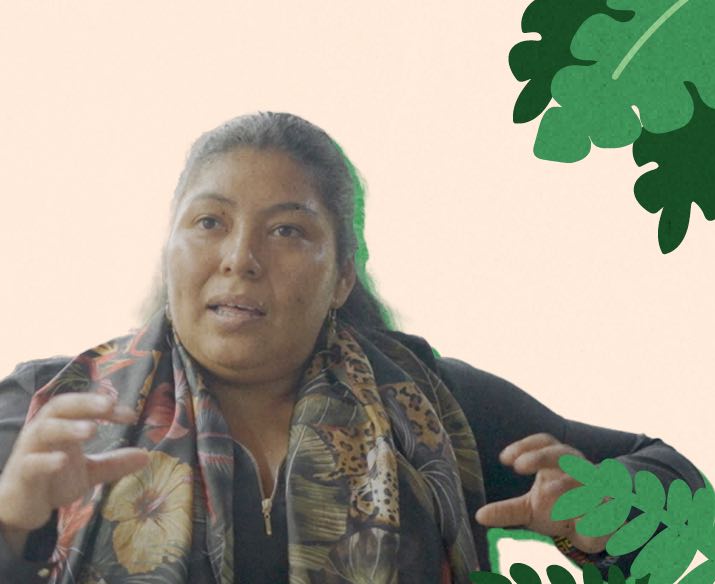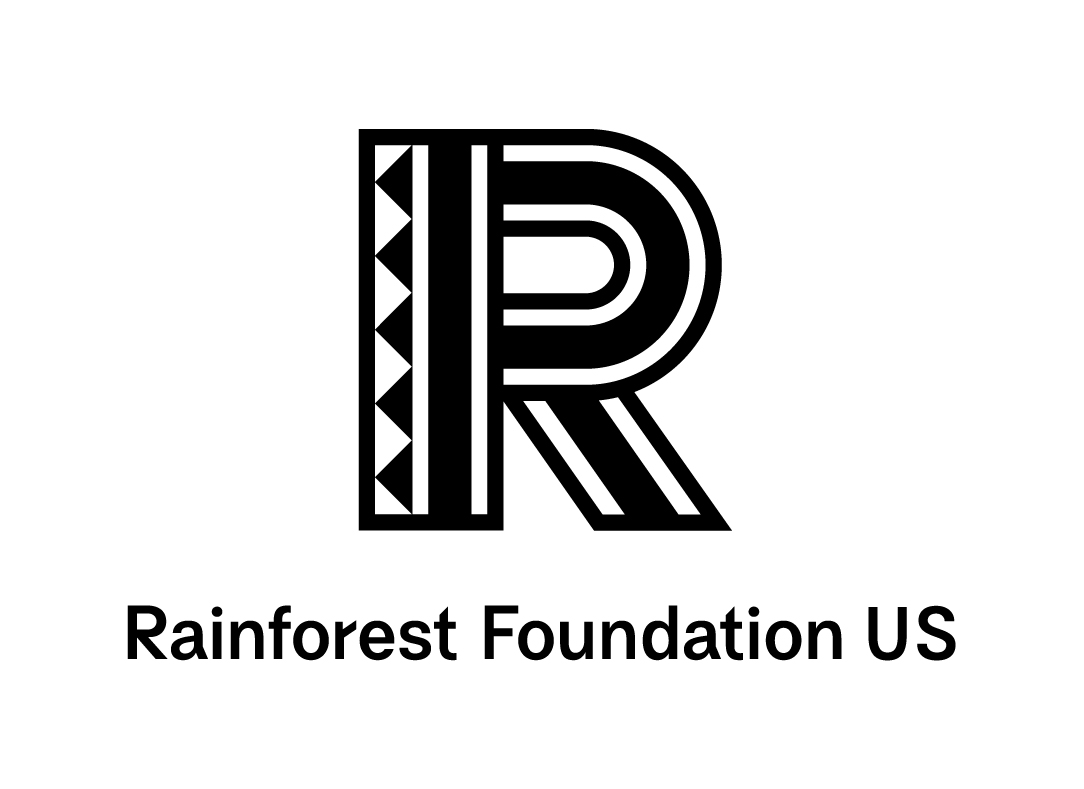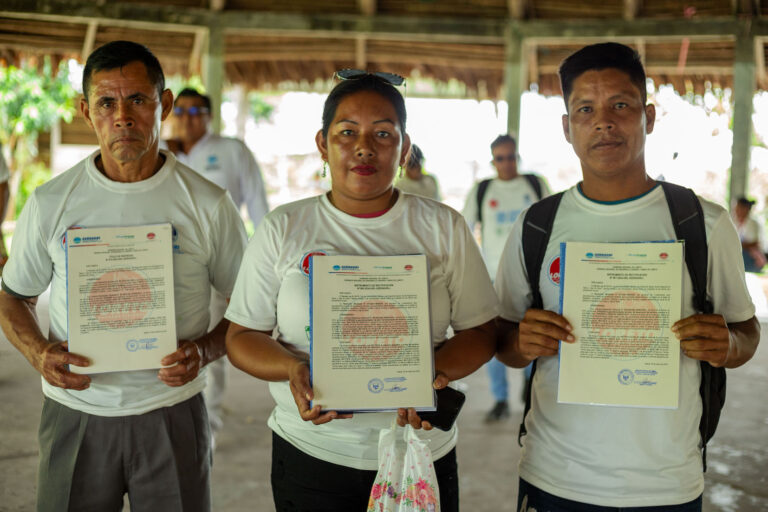
Record number of Indigenous land titles granted in Peru via innovative process (commentary)
In an op-ed featured on Mongabay, Miguel Guimaraes Vasquez, Vice President of the Interethnic Association for the Development of the Peruvian Jungle (AIDESEP), and Wendy Pineda, General Project Manager of Rainforest Foundation US in Peru, discuss the importance of land rights for Indigenous peoples and the innovative land titling strategy already yielding record results in Peru.

